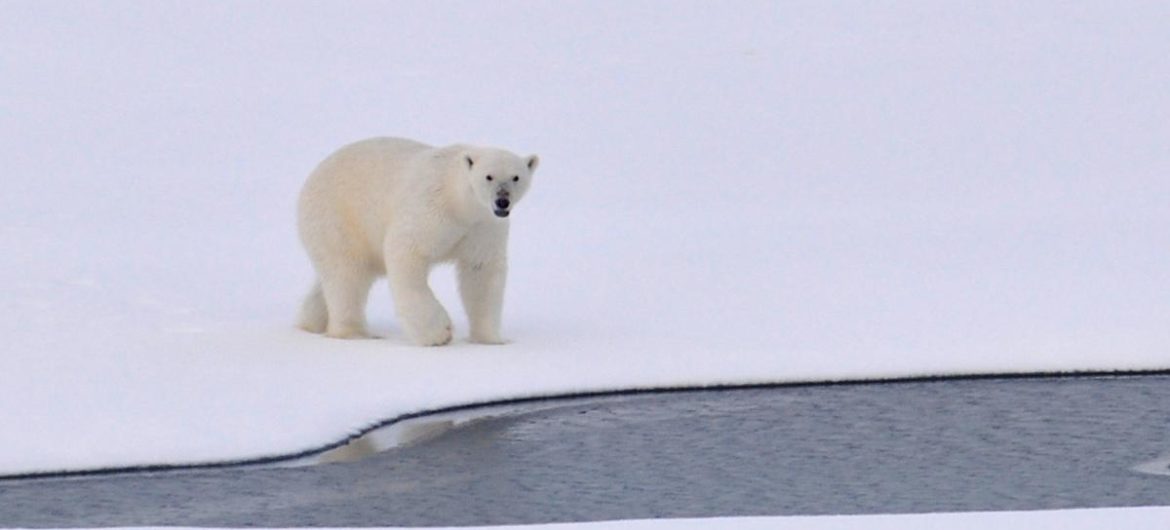A study has revealed that most polar bear populations are at risk of dying out by 2100 as their natural habitat of Arctic sea ice is diminished by global warming.
A damning piece of research claims the predators will be forced to migrate on to solid land, where hunting will be impossible for them.
As a result, the bears will be forced to survive on their fat reserves, an unsustainable option for the world’s largest carnivore.
The study claims that almost all polar bear cubs face some form of starvation by 2040, with many adults also experiencing reproductive stress in just 20 years’ time.
Researchers from the University of Toronto in Canada said ‘aggressive’ cuts to greenhouse gas emissions are now needed to save the animals.
They created a computer model to monitor and forecast how long polar bears could survive while fasting.
These models were then applied to a separate set of predictions which investigated at what stage 13 populations of Arctic polar bears – representing around 80 per cent of all polar bears – would reach these thresholds for ice-free days.
Study author Peter Molnar and his colleagues found that, under a high greenhouse gas emissions scenario, the bears’ survival would be ‘unlikely’ over much of the Arctic due to reduced sea ice.
Under this emissions scenario, the only location where polar bears will survive by 2100 is the Queen Elizabeth Islands.
Bears in southern Hudson Bay and Davis Strait in Canada are among the most at-risk populations, with the scientists classifying them as being ‘very likely’ to experience reproductive failure by 2040 if emissions are not curbed.

Forty years later, bears living in Russia and Alaska will likely experience the same fate and it becomes a forgone conclusion by the end of the century, the study warns.
However, under a ‘moderate emissions scenario’, more sub-populations could survive this century, but the odds are stacked against the animals.
‘Ultimately, aggressive greenhouse gas emissions mitigation will be required to save polar bears from extinction,’ the study said.
Researchers found that cubs would be most at risk if forced to fast, while solitary adult females would be the least affected.
It also found that survival thresholds may have already been reached in several polar bear sub-populations.
The authors said their study was limited by the use of a single ‘earth systems model’ – used to determine how sea ice will be affected – and because of uncertainties and variations in bear behaviour and energy usage among sub-populations.

‘Our model captures demographic trends observed during 1979 to 2016, showing that recruitment and survival impact thresholds may already have been exceeded in some (polar bear) sub-populations,’ the authors said.
‘It also suggests that, with high greenhouse gas emissions, steeply declining reproduction and survival will jeopardise the persistence of all but a few high-Arctic sub-populations by 2100.’
The study has been published in the journal Nature Climate Change.




